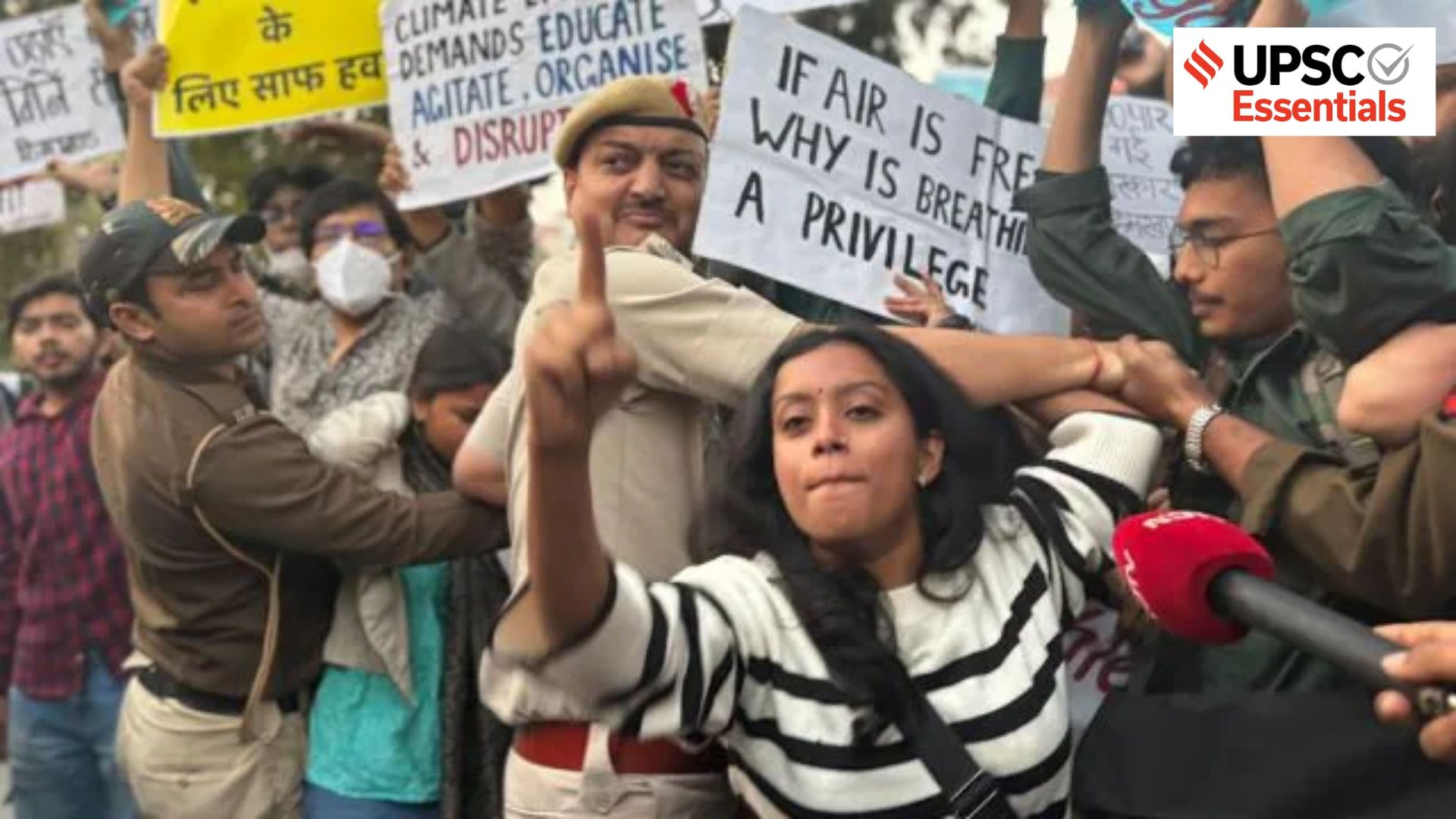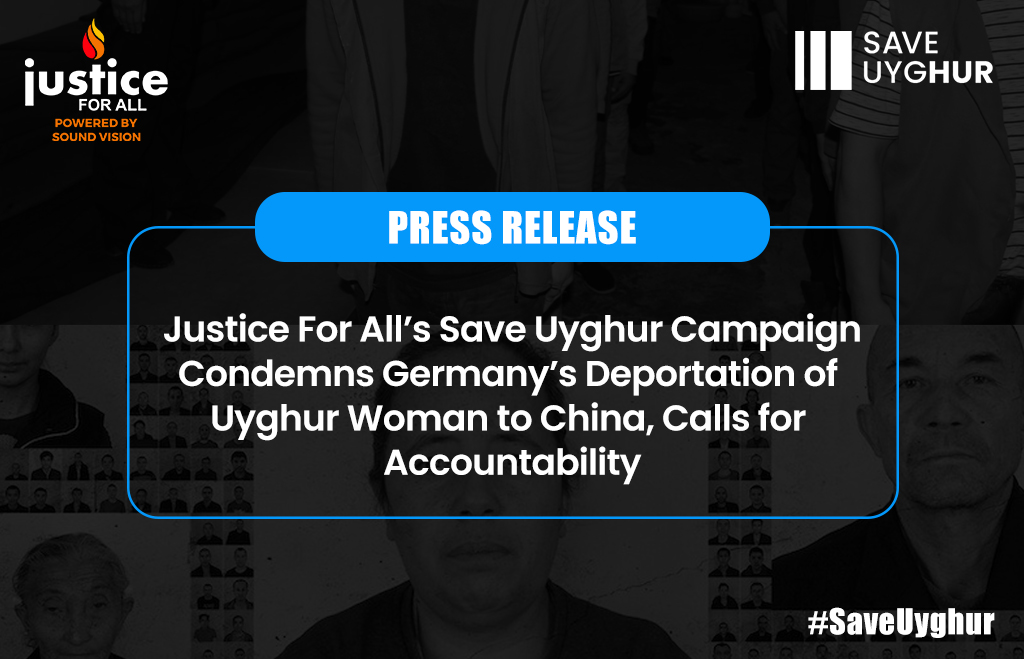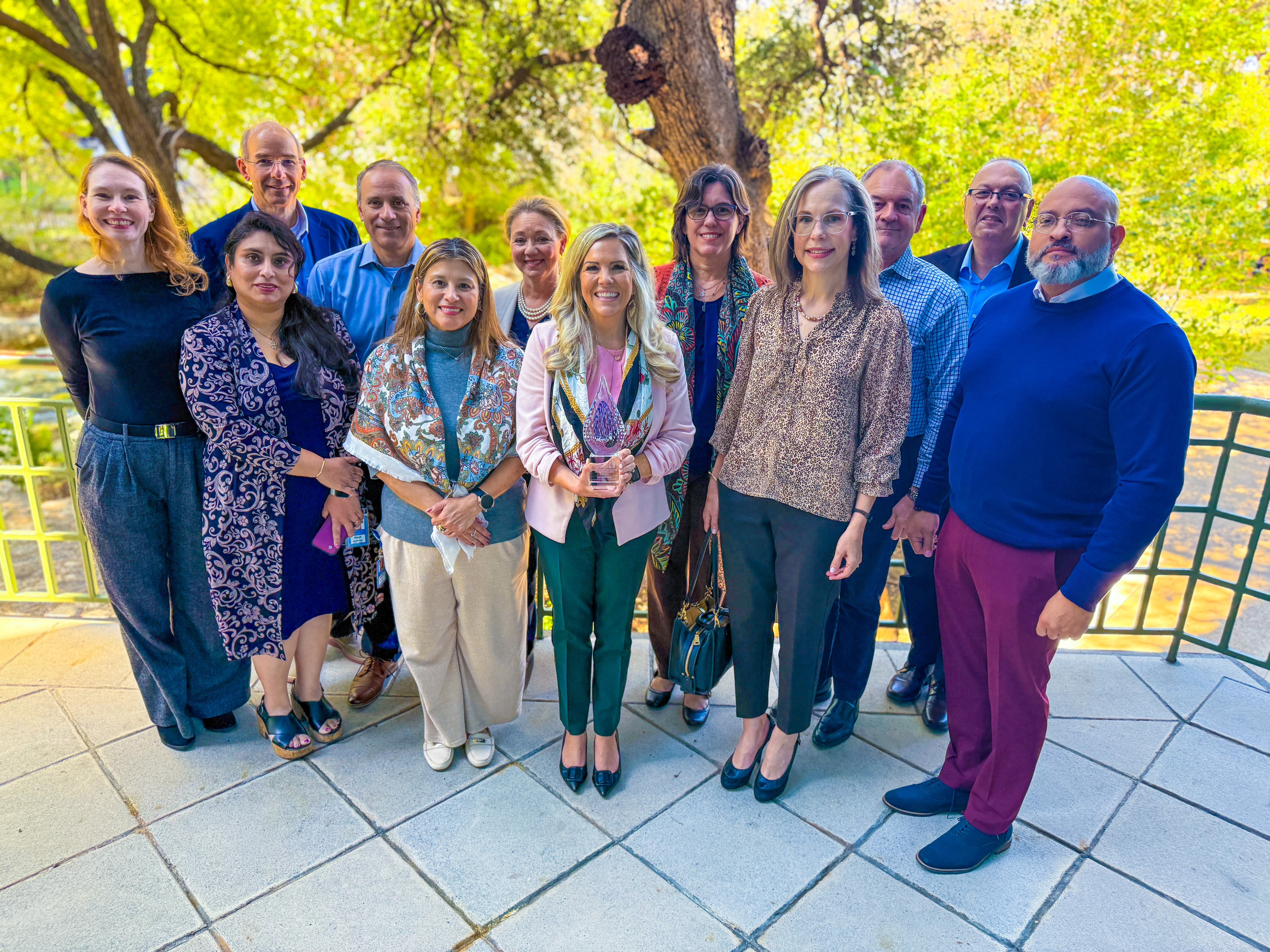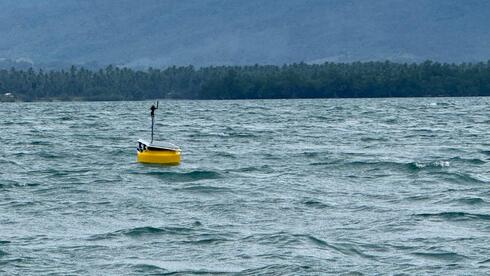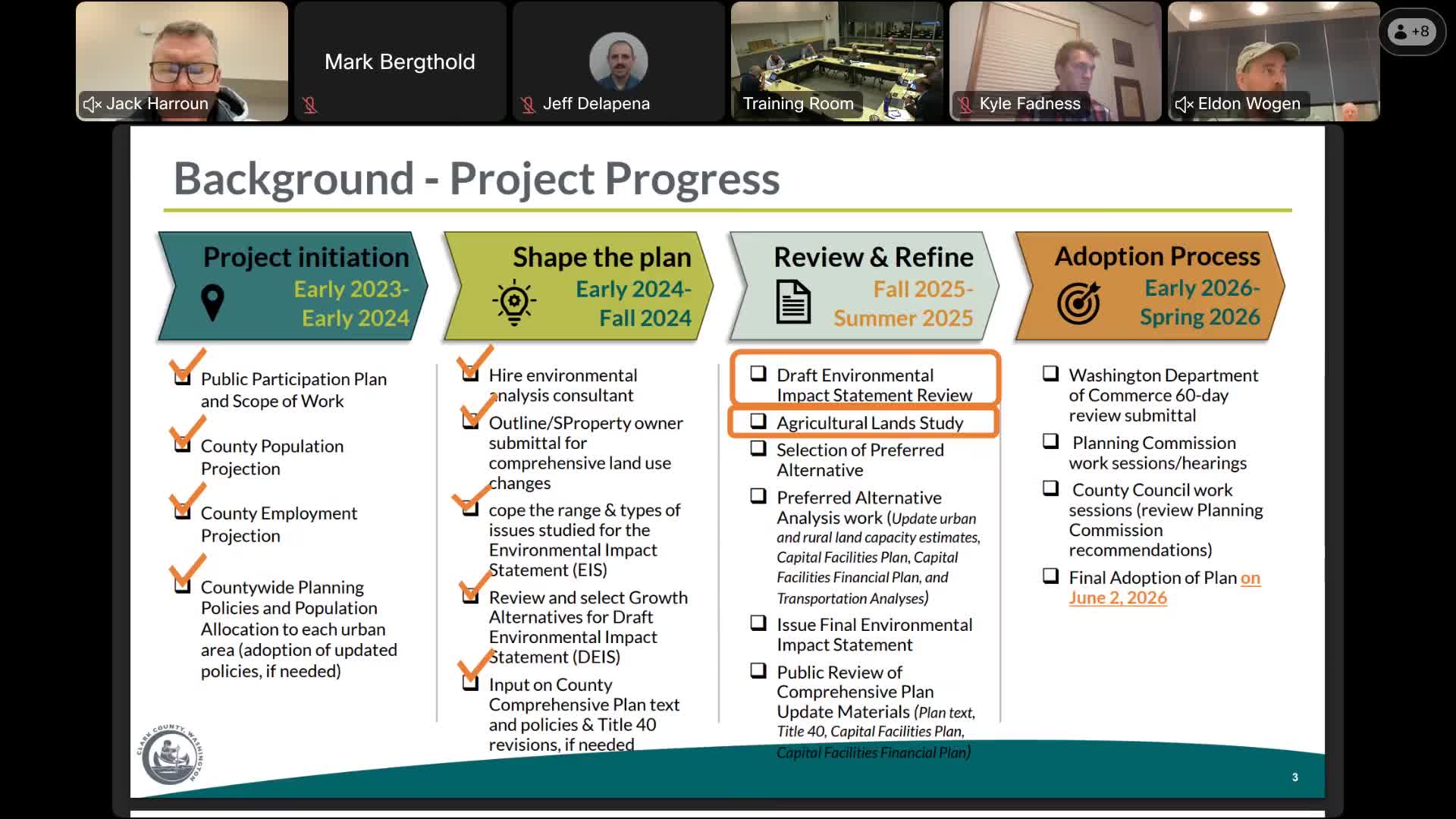Sudan: UN sounds the alarm as health and food crises worsen across the country – UN News

Humanitarian Crisis in Sudan: A Setback for Sustainable Development Goals
The ongoing military conflict in Sudan is precipitating a severe humanitarian crisis, significantly undermining progress toward multiple Sustainable Development Goals (SDGs). The displacement of millions and the collapse of essential services are creating critical challenges to achieving targets related to poverty, hunger, health, and peace.
Impact on Health, Hunger, and Poverty (SDGs 1, 2, 3)
Widespread Food Insecurity and Famine Conditions (SDG 2: Zero Hunger)
The conflict has drastically worsened food security across Sudan, directly contravening the objectives of SDG 2. The situation is particularly dire in North Darfur, where a combination of factors has led to acute food shortages and famine-like conditions.
- The Integrated Food Security Phase Classification (IPC) has identified famine conditions in several areas of North Darfur and the eastern Nuba Mountains.
- In the Abu Shouk camp, acute food shortages have reportedly led to four hunger-related deaths.
- Food prices in El Fasher have reached alarming levels, with the cost of a local food basket recorded at more than six times the national average in May.
- Contributing factors include low cereal supply, poor harvests, and prolonged food deficits, with the situation expected to deteriorate further during the July-October lean season.
Escalating Public Health Emergencies (SDG 3: Good Health and Well-being)
The nation’s health infrastructure is under immense strain, leading to severe public health crises that threaten the well-being of the population and reverse gains made under SDG 3.
- Cholera Outbreak: In Tawila, a cholera outbreak is escalating, with over 1,500 suspected and confirmed cases reported since June. More than 500 individuals are currently receiving treatment.
- Medicine Shortages: Displaced families in camps like Abu Shouk face acute shortages of essential medicines, compounding the health risks.
- Climate-Related Health Risks: In Port Sudan, extreme temperatures and prolonged power outages have led to a sharp increase in heatstroke cases, resulting in at least one fatality.
Breakdown of Essential Infrastructure and Services (SDGs 6, 7, 11)
Shelter and Displacement Crisis (SDG 11: Sustainable Cities and Communities)
The conflict has triggered mass displacement, leaving millions without safe and adequate housing, a direct challenge to the core principles of SDG 11.
- Millions of people have been displaced by the ongoing conflict between rival militaries.
- In North Darfur, humanitarian partners report that nearly 60 percent of newly displaced families lack adequate shelter support, leaving them vulnerable.
Failure of Basic Services (SDG 6: Clean Water and Sanitation & SDG 7: Affordable and Clean Energy)
The collapse of basic services is exacerbating the humanitarian situation and highlights systemic failures related to critical infrastructure goals.
- SDG 6: The cholera outbreak in Tawila is indicative of a breakdown in clean water and sanitation systems, which are essential for preventing waterborne diseases.
- SDG 7: Prolonged power outages in Port Sudan, contributing to fatal heatstroke cases, underscore the lack of reliable and sustainable energy, which is critical for health and safety.
Overarching Challenges to Peace and Global Cooperation (SDGs 16, 17)
Conflict as a Primary Driver of the Crisis (SDG 16: Peace, Justice and Strong Institutions)
The humanitarian catastrophe is a direct consequence of the failure to maintain peace and security. The ongoing conflict is the primary obstacle to sustainable development, directly undermining all aspects of SDG 16.
- The conflict between rival militaries is the root cause of the displacement, food insecurity, and collapse of public services.
- Local authorities have resorted to emergency measures, such as market closures and bans on public gatherings, indicating a breakdown of normal governance.
Urgent Call for International Partnership and Funding (SDG 17: Partnerships for the Goals)
Addressing the crisis requires robust international cooperation and financial support, as emphasized by SDG 17. The UN and its partners are on the ground but face significant funding shortfalls.
- Humanitarian organizations urgently require $120 million to scale up the response in Tawila over the next three months.
- According to the Office for the Coordination of Humanitarian Affairs (OCHA), this funding is essential to contain the cholera outbreak and sustain other life-saving services.
- The continued operation of humanitarian corridors, such as the entry point at Port Sudan, is vital for the delivery of aid and personnel.
Analysis of Sustainable Development Goals in the Article
1. Which SDGs are addressed or connected to the issues highlighted in the article?
-
SDG 2: Zero Hunger
- The article extensively discusses an acute food crisis, including hunger-related deaths, worsening food insecurity, low cereal supply, and alarming food prices in El Fasher.
-
SDG 3: Good Health and Well-being
- A significant health crisis is detailed, with rising cholera cases, a lack of medicine, and heatstroke cases linked to extreme temperatures and power outages.
-
SDG 11: Sustainable Cities and Communities
- The article highlights the plight of displaced families, specifically mentioning that a large percentage lack adequate shelter in camps like Abu Shouk.
-
SDG 16: Peace, Justice and Strong Institutions
- The root cause of the crisis is identified as the “conflict between rival militaries,” which has led to mass displacement and the breakdown of essential services, directly relating to the goal of reducing violence.
-
SDG 17: Partnerships for the Goals
- The need for international cooperation and funding is explicitly stated, with a call for $120 million in humanitarian aid to manage the cholera outbreak and sustain critical services.
2. What specific targets under those SDGs can be identified based on the article’s content?
-
Target 2.1: By 2030, end hunger and ensure access by all people, in particular the poor and people in vulnerable situations, including infants, to safe, nutritious and sufficient food all year round.
- This is relevant due to the “acute shortages of food,” “hunger-related deaths,” and the Integrated Food Security Phase Classification (IPC) identifying “famine conditions.”
-
Target 3.3: By 2030, end the epidemics of AIDS, tuberculosis, malaria and neglected tropical diseases and combat hepatitis, water-borne diseases and other communicable diseases.
- The article’s focus on the rising cholera cases, a water-borne disease, with over 1,500 suspected and confirmed infections, directly connects to this target.
-
Target 3.d: Strengthen the capacity of all countries, in particular developing countries, for early warning, risk reduction and management of national and global health risks.
- The mention of a “sharp increase in heatstroke cases” and the need for funding to “contain the [cholera] outbreak” points to a breakdown in the capacity to manage health risks.
-
Target 11.1: By 2030, ensure access for all to adequate, safe and affordable housing and basic services and upgrade slums.
- The statement that “nearly 60 per cent of displaced families still lack adequate shelter support” directly addresses the lack of adequate housing for a vulnerable population.
-
Target 16.1: Significantly reduce all forms of violence and related death rates everywhere.
- The ongoing “conflict between rival militaries” is the primary driver of the humanitarian crisis, making the reduction of this violence a core objective.
-
Target 17.3: Mobilize additional financial resources for developing countries from multiple sources.
- The urgent requirement of “$120 million to scale up life-saving support” is a direct call for mobilizing financial resources to address the crisis.
3. Are there any indicators mentioned or implied in the article that can be used to measure progress towards the identified targets?
-
For SDG 2 (Zero Hunger):
- Prevalence of undernourishment: Implied by “four hunger-related deaths” and “famine conditions” identified by the IPC.
- Prevalence of moderate or severe food insecurity: Directly mentioned as “food insecurity continues to worsen across the entire country.”
- Cost of a local food basket: The article states the cost in El Fasher was “more than six times the national average.”
-
For SDG 3 (Good Health and Well-being):
- Number of new infections of communicable diseases: The article specifies “More than 1,500 suspected and confirmed serious [cholera] infections.”
- Mortality rate attributed to unsafe water, unsafe sanitation and lack of hygiene: The cholera outbreak implies this risk.
- Mortality rate attributed to heatstroke: The article notes “one death was recorded over the past two days” from heatstroke.
-
For SDG 11 (Sustainable Cities and Communities):
- Proportion of urban population living in slums, informal settlements or inadequate housing: The figure “nearly 60 per cent of displaced families still lack adequate shelter support” serves as a direct indicator for this displaced population.
-
For SDG 16 (Peace, Justice and Strong Institutions):
- Number of civilian deaths and displacements due to conflict: The article mentions that “millions of people keep on being displaced” as a direct result of the conflict.
-
For SDG 17 (Partnerships for the Goals):
- Amount of financial resources mobilized for developing countries: The funding gap is clearly stated as a need for “$120 million.” Progress would be measured by the amount of this funding that is secured.
4. Summary Table of SDGs, Targets, and Indicators
| SDGs | Targets | Indicators from the Article |
|---|---|---|
| SDG 2: Zero Hunger | 2.1: End hunger and ensure access to safe, nutritious and sufficient food. | – Four hunger-related deaths reported. – IPC identification of “famine conditions.” – Cost of local food basket is six times the national average. |
| SDG 3: Good Health and Well-being | 3.3: End the epidemics of water-borne and other communicable diseases. 3.d: Strengthen capacity for management of national and global health risks. |
– Over 1,500 suspected and confirmed cholera cases. – One death from heatstroke. – Acute shortages of medicine. |
| SDG 11: Sustainable Cities and Communities | 11.1: Ensure access for all to adequate, safe and affordable housing. | – Nearly 60% of displaced families lack adequate shelter support. |
| SDG 16: Peace, Justice and Strong Institutions | 16.1: Significantly reduce all forms of violence and related death rates. | – Ongoing “conflict between rival militaries.” – “Millions of people keep on being displaced.” |
| SDG 17: Partnerships for the Goals | 17.3: Mobilize additional financial resources for developing countries. | – Urgent requirement of $120 million for humanitarian organizations. |
Source: news.un.org

What is Your Reaction?
 Like
0
Like
0
 Dislike
0
Dislike
0
 Love
0
Love
0
 Funny
0
Funny
0
 Angry
0
Angry
0
 Sad
0
Sad
0
 Wow
0
Wow
0









